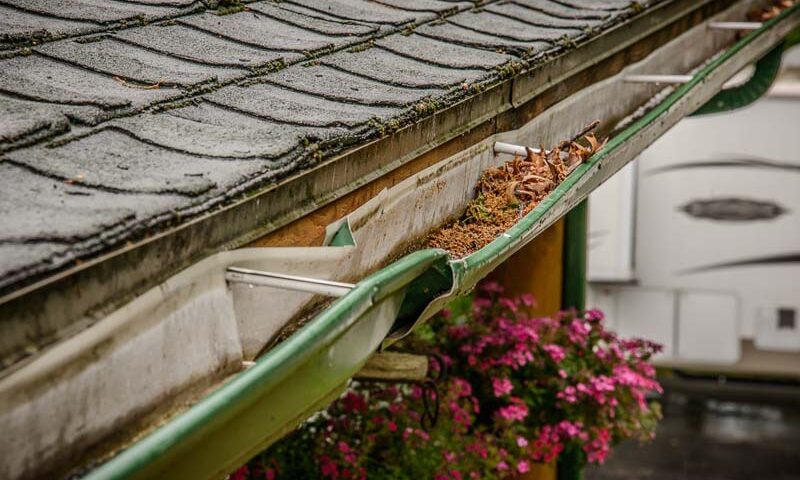Ever notice water spilling over the sides of your gutters or strange stains on your siding after a good rain? You’re not alone—and it usually means one thing: your gutters are leaking. While it might seem like a small issue, those leaks can quietly lead to much bigger problems—think foundation cracks, rotting wood, and even mold creeping into your home. But don’t stress just yet! In this post, we’ll walk through the most common reasons gutters leak and, more importantly, how you can fix them before they cause real trouble.










